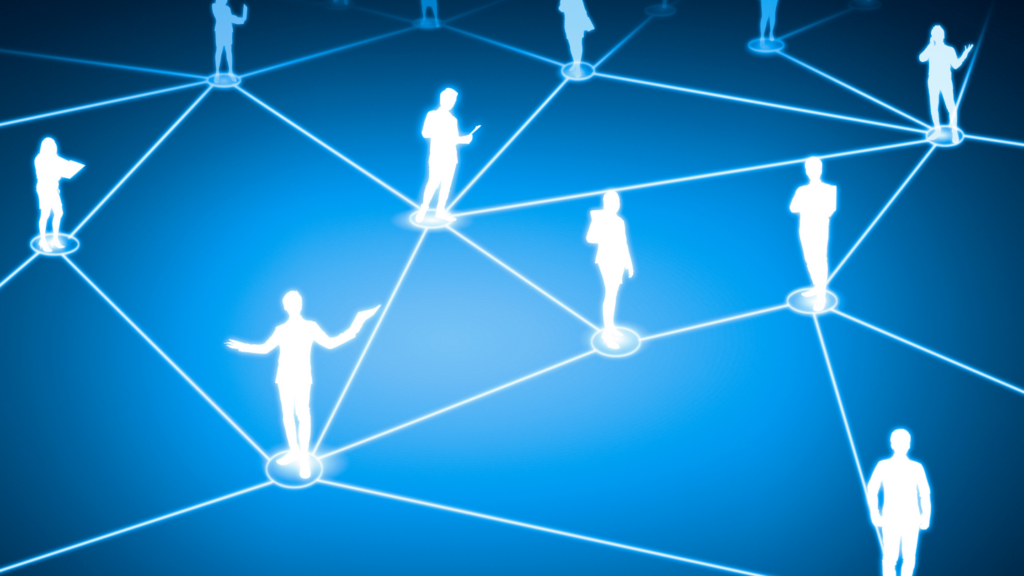Water Cooler Wisdom by Alexandra Levit (December 12, 2016) – In the U.S., healthcare is big business, representing about a sixth of the nation’s GDP. And it’s no secret that healthcare providers have been heavily incentivized by the government to adopt better technology. No less than $30 billion has been set aside over the last few years so that hospitals and health systems can operate more efficiently and patients can receive better care.
Considering this massive influx of cash, everyone hoped that all providers would immediately enter the 21st century, becoming fully digital so that patient information could easily flow from one system to another. Unfortunately, this wasn’t exactly what happened, because while some organizations benefited from the government funding, others did not. Specifically, providers in the realms of behavioral health, skilled nursing, long-term care, and rehabilitation were left behind, and the disconnect between the technology “haves” and “have nots” continued to grow.
Here’s a typical example. A patient receives surgery in a hospital, and is then discharged for continuing recovery at a skilled nursing facility. The skilled nursing facility does not have an easy way to receive electronic records, so the patient’s hospital-based physician has to fax them. Think about this – a robot was in the operating room performing the surgery, yet a fax machine must transmit the results of that surgery. Such is life in the modern world of American healthcare.
In both workplaces, this paper-based transmission causes much time to be wasted, and inevitable confusion to occur. The hospital presumably learned a great deal about our patient while she was being cared for there – including allergies, sensitivities, and problem triggers – and if the patient is lucky, some of that might make it over to the skilled nursing facility. Also, the lack of connectivity means that the billing and reimbursement processes will incur more errors – increasing costs for everyone.
Jon Elwell, CEO of Kno2, a healthcare cloud service provider, attempted to resolve these issues by creating an online system that allows medical professionals to access patient records from their desktops. Elwell joined forces with my partner Xerox to build a solution facilitating the secure and compliant exchange of records between different types of healthcare organizations. Now, healthcare organizations willing to invest in a printer can join the ranks of the fully digitized.
“Using the Xerox multifunction printer (MFP), a healthcare professional can walk up to the machine as usual and scan in any paper records to send to another provider,” said Elwell. “Once documents are in the system, they are instantly delivered to its destination in a secure, electronic, EMR friendly format via a comprehensive national directory of healthcare providers. And anyone in that network can quickly send information back. A dramatic improvement to the traditional fax process that would typically be utilized prior to the creation of the Xerox healthcare MFP.”
The MFP is part of Xerox’s new suite of 14 Xerox ConnectKey-enabled devices, all of which are equipped with apps designed to speed up paper-dependent business processes and make it easier for users to collaborate and work more effectively. Apps loaded on the Xerox ConnectKey-enabled devices can also be customized to meet industry-specific regulations and workflows so that every vertical can reap the benefits for digitization and automation.
Thanks to these powerful advances in interoperability, cloud services, and the Internet of Things, healthcare workflow is about to get a whole lot easier and more productive so that healthcare staff can spend more time helping patients and less time troubleshooting information gaps. And the best part is, updates are continuously made to the system. So in other words, Xerox and Kno2 will worry about HIPAA compliance and ever evolving regulatory standards so busy professionals don’t have to.






